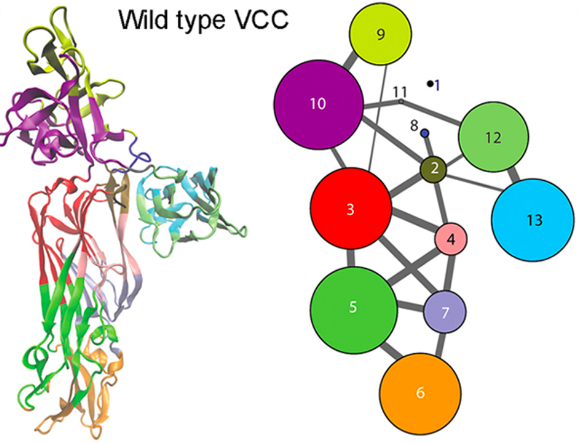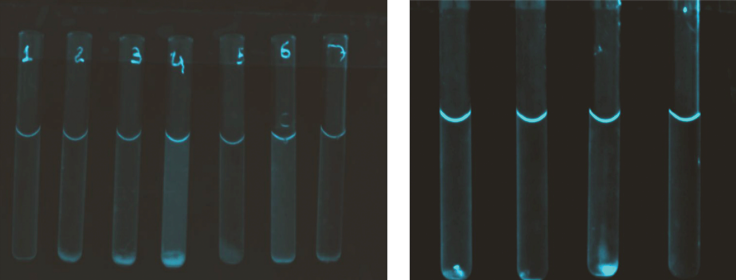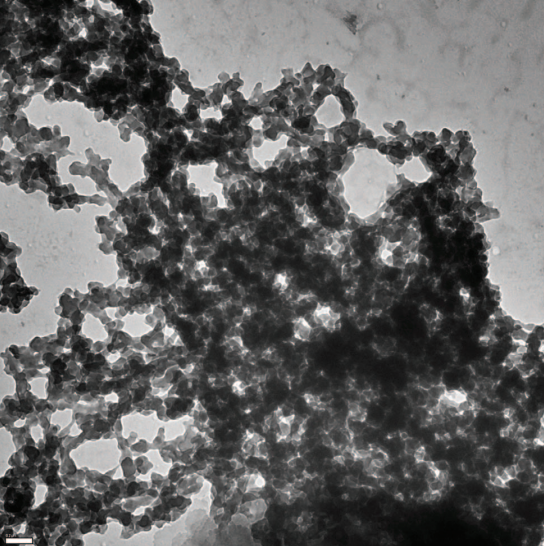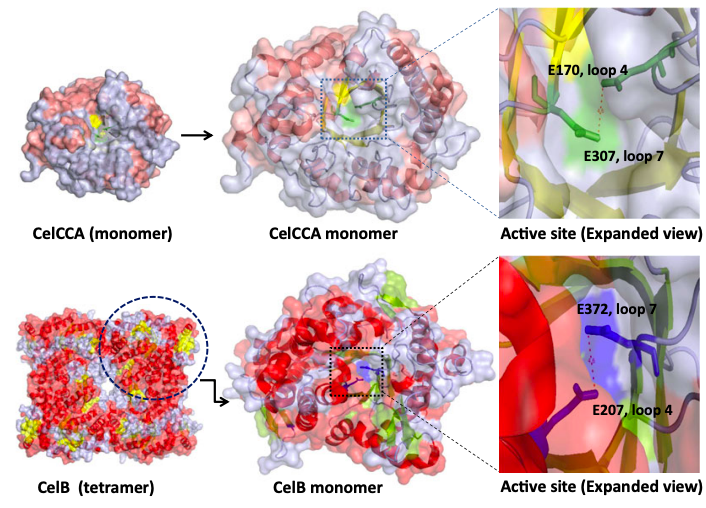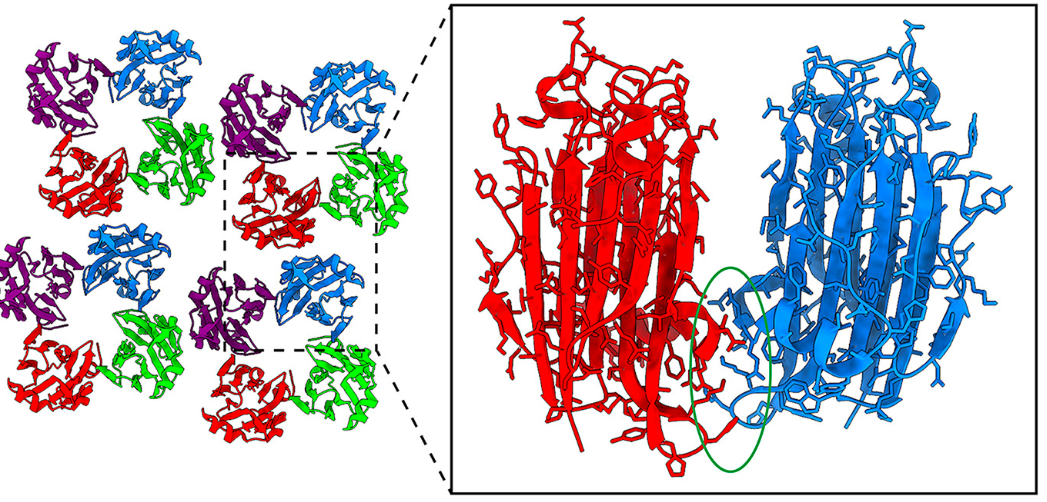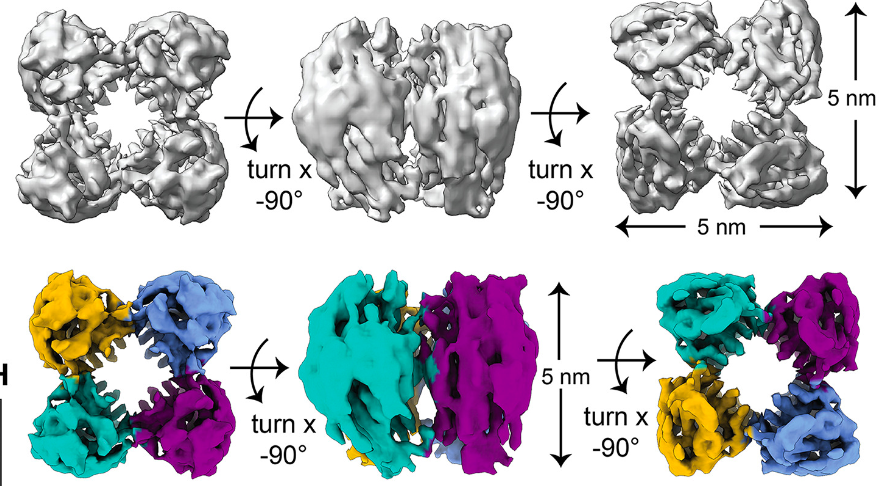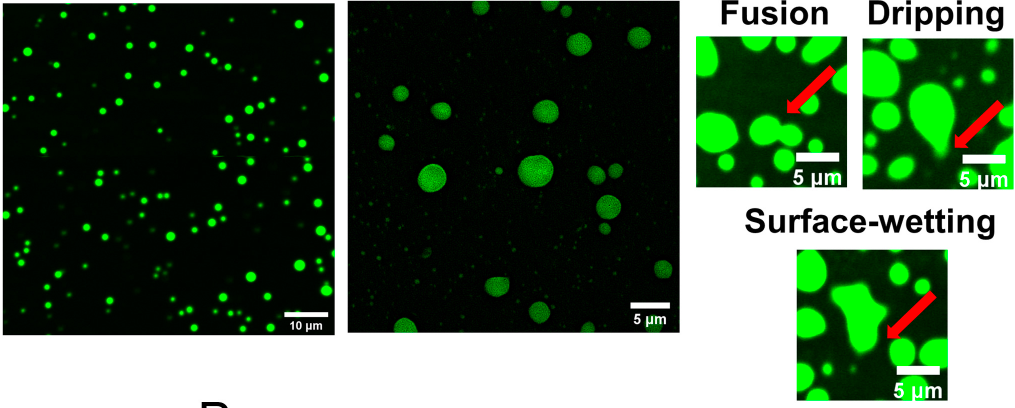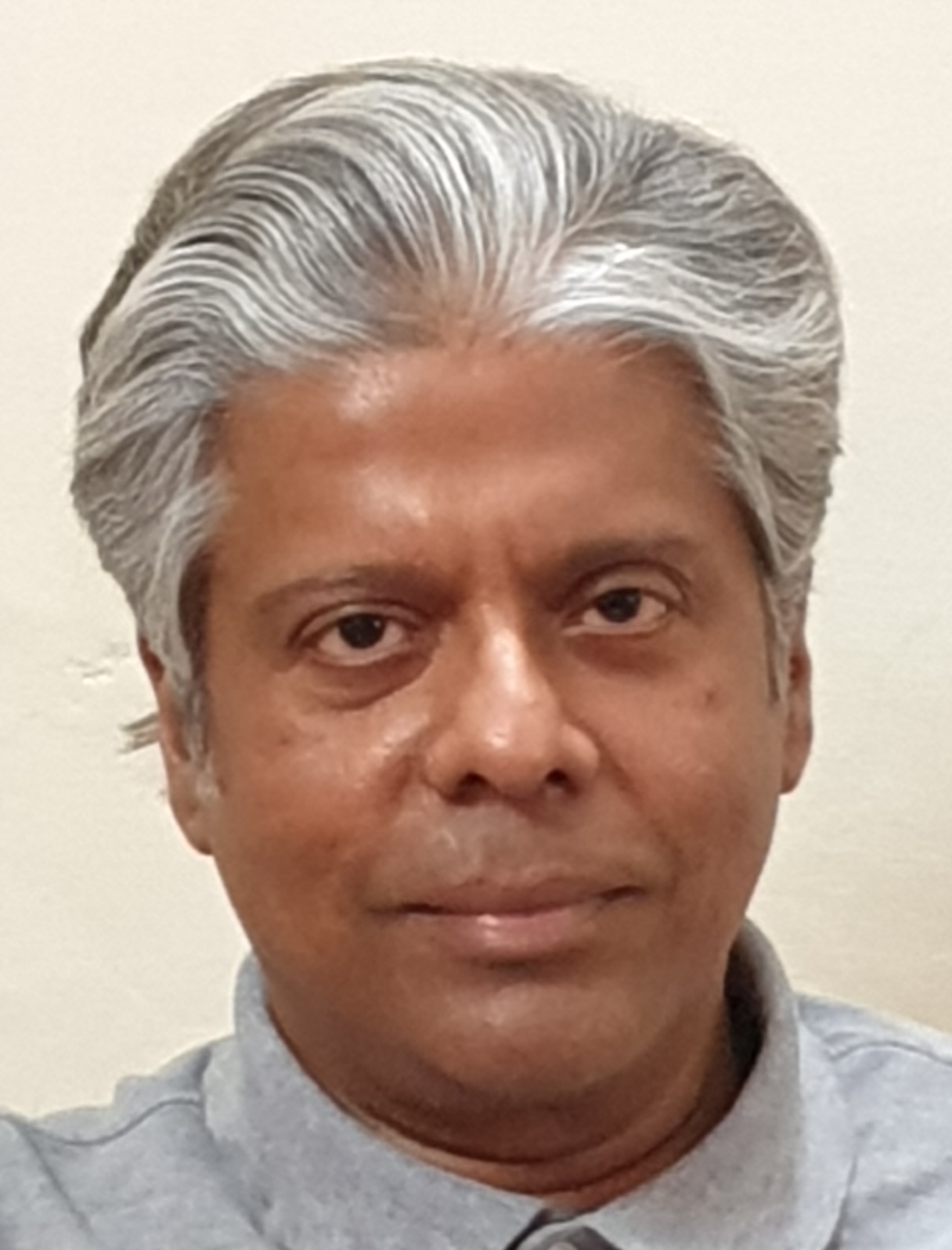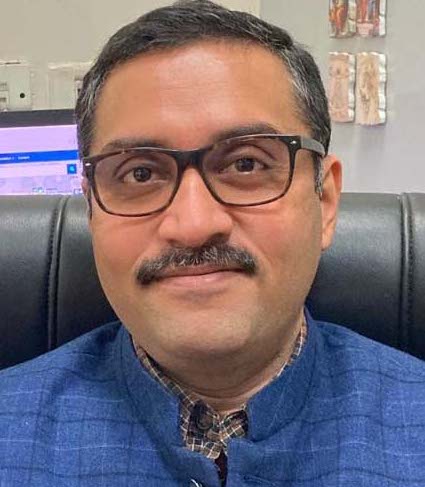DBS represents a very strong expertise in following broad areas of structural biology:
i) Protein Engineering & Structural Biochemistry
Prof. Purnananda Guptasarma's interests lie in proteins : in the regulation of their production within cells; in their folding, misfolding and structural stabilities; in their interactions with other proteins, DNA and small molecules; in their functions as enzymes and transporters; in developing new techniques for their characterization; in studying all sorts of new proteins, in respect of any, or all, of the above; and, in particular, in engineering any or all of the above through the use of predictive ideas and concepts, ideational testing through computational modelling and structural bioinformatics, implementation through the use of recombinant DNA techniques, bio-molecular purification and separation methods, and characterization through a wide variety of spectroscopic, spectrometric and other methods.
ii) Structure-FUnction Strudies of Pore forming toxins
Pore-forming protein toxins (PFTs) represent a special class of membrane damaging cytolytic proteins, and they are found in wide spectrum of organisms ranging from bacteria to humans. They exert their toxic effects by punching 'holes' into target cell membrane, thus destroying the natural permeability barrier function of the cell membrane. PFTs are, in general, synthesized as water-soluble monomeric molecules, and in contact with target cell membranes they form membrane-inserted oligomeric pores. However, in spite of sharing this overall general scheme, PFTs differ significantly from each other in the intricate details of their pore formation mechanisms. A major mechanistic challenge associated with the membrane pore formation process by PFTs is elucidating the folding pathways that ensure thermodynamic compatibility of the water-soluble monomeric and the membrane-inserted oligomeric form of the toxin with aqueous and lipid milieu, respectively. One of the major research interests of Prof. Kausik Chattopadhyay's group is focused on studying structure-function relationship of some of the prominent bacterial PFTs. The critical issues we address are: 1. Mechanistic details of oligomeric membrane channel formation by PFTs. 2. Mechanism(s) associated with cellular responses triggered by PFTs.
iii) Intrinsically disoredered proteins, liquid-liquid phase sepration and amyloids
Prof. Samrat Mukhopadhyay's lab aims at delineating the fundamental molecular mechanism by which liquid-like condensates are formed and dissipated. They are also studying the liquid-to-solid phase transition into amyloid-like aggregates that are associated with deadly neurodegenerative diseases such as Alzheimer's, amyotrophic lateral sclerosis (ALS), and so forth. They are interested in the following specific aspects of IDPs: Conformational characteristics of IDPs and IDRs; biomolecular condensation & liquid-liquid phase separation; mechanism of amyloid formation; functional prions and amyloids; interactions of IDPs with lipid membrane; hydration water in IDPs; development and adaptation of new methodologies.

